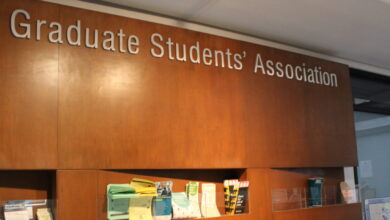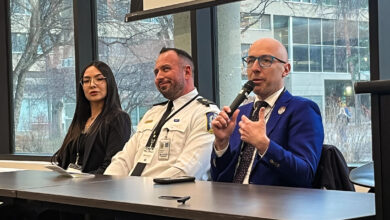Native Studies Students’ Association holds third annual march for missing and murdered Indigenous women
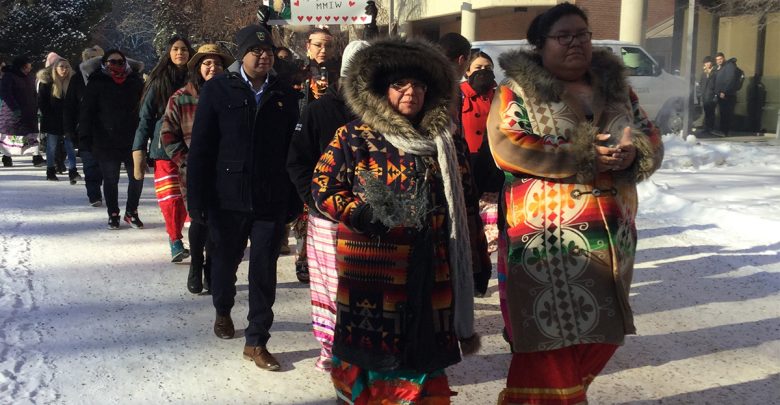 Kate Turner
Kate TurnerOrganizers behind the march on February 14 for missing and murdered Indigenous women and girls (MMIWG) hope the event will bring communities together and show support for victims and their families.
The annual march was organized by the Native Studies Students’ Association (NSSA) in partnership with First Peoples’ House, Aboriginal Student Council, and the faculty of native studies. This is the third iteration of the march to take place at the University of Alberta and was the culmination of several campaigns to raise awareness and show support to MMIWG and their loved ones.
Kimmy Fraser-Airhart, vice-president (academic) of the NSSA, said the purpose of the event was to raise awareness on campus and in the wider city about issues the Indigenous community faces.
“We’re a community, and we need to stand with each other, whether we know each other very well or not,” she said.
Approximately 100 people were involved in the march this year, an increase from the previous year which included about 60 people.
The day started with a pipe ceremony in the Students’ Union Building (SUB). Afterwards, the march began in front of Pembina Hall. Attendees then walked around campus, finishing at SUB with a feast and time for people to share their personal stories. Some participants held signs commemorating missing or murdered women in their own lives with pictures of loved ones.
There were several other events taking place that week to draw attention to the issue of MMIWG, Fraser-Airhart said, including the red hearts campaign, the display of red dresses in SUB, and the moose hide campaign.
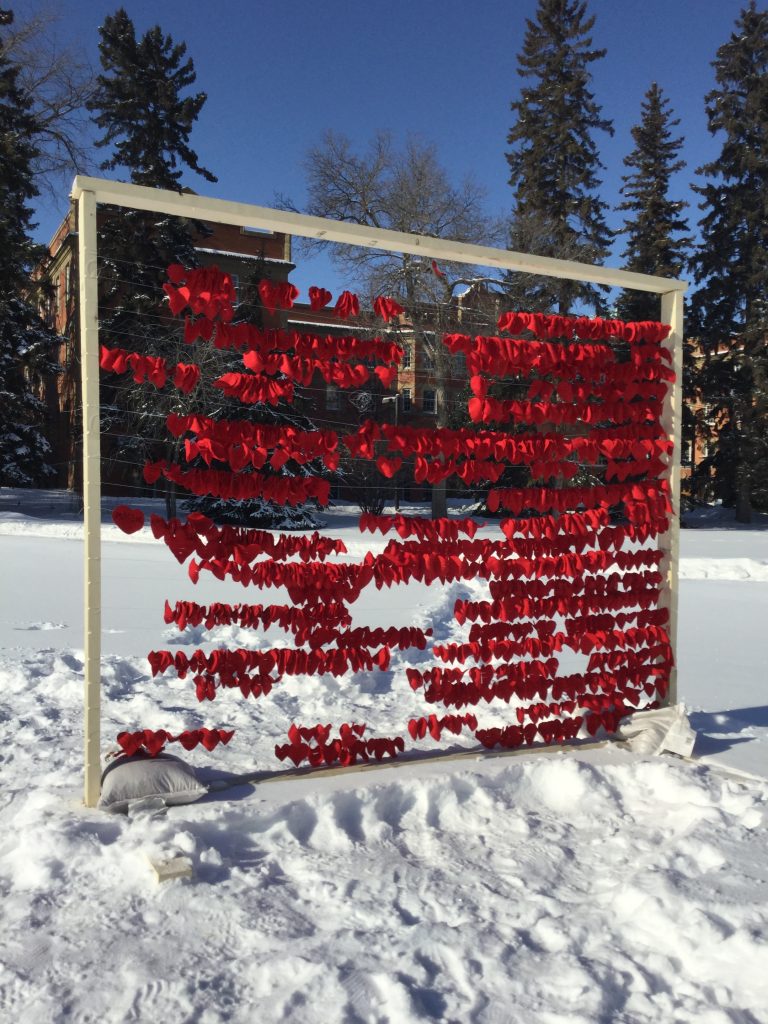
The red hearts campaign was started by Rhiannon Arcand, the current NSSA president, and her team. The display was set up in Main Quad during the week, and featured 1,201 red hearts strung together. The 1,200 hearts represent the missing and murdered women and girls identified in a 2013 RCMP report. However, groups like the Native Women’s Association of Canada said there are more women known to be missing and murdered, and so the additional heart represents those women and girls.
Another display was the red dresses set up in SUB, a project originally started by Jamie Black, a Métis artist in Manitoba. The dresses, set up across the country, represent the large number of missing and murdered Indigenous women in Canada. This installation in SUB was set up in partnership with The Landing and the Days of Action Committee, a part of the university’s Community Social Work Team which partners to provide information and challenge the stigma of mental health.
The moose hide campaign gives an opportunity for men to stand in solidarity with women by wearing moose hide pins, which were handed out around campus during the week.
An important part of raising awareness, Fraser-Airhart said, is challenging the stereotypes people have about MMIWG, and to unpack these ideas. While a lot of people have heard about the issue on the news, they don’t understand them as well as the communities that are affected, she said.
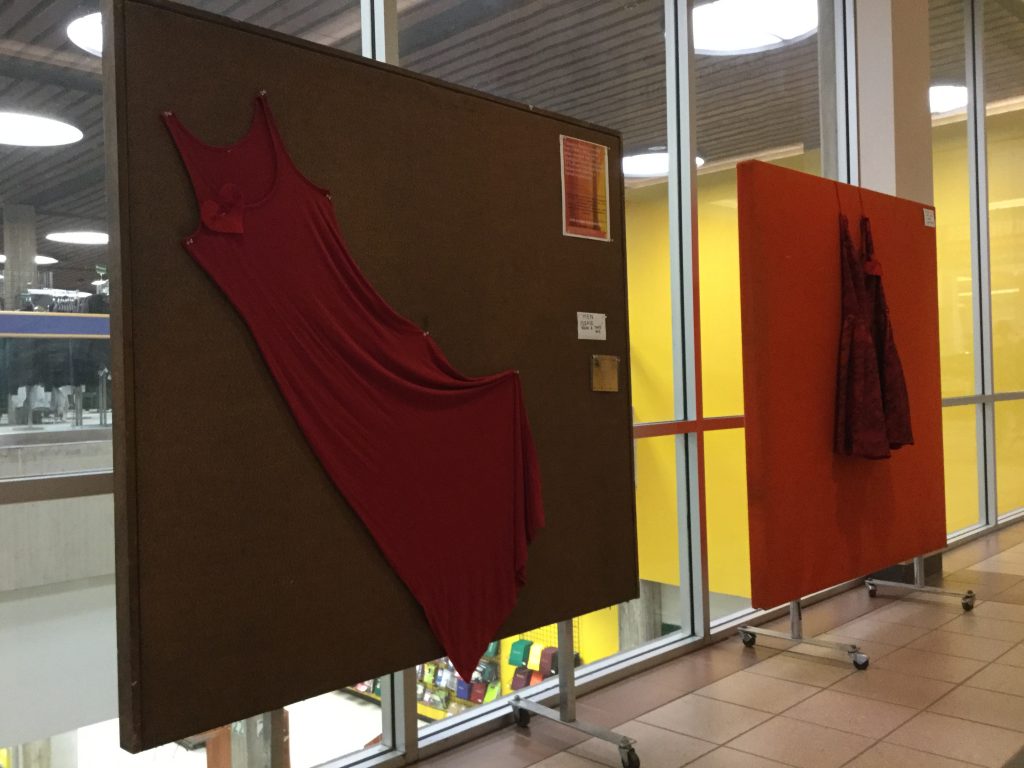
“It’s really easy, I think, for a lot of people to just say ‘It’s another Indigenous problem,’ which is something we try and really unpack by having feasts, having times of open gathering, having this awareness march,” she added.
The purpose of these campaigns, Fraser-Airhart said, is to give people the opportunity to stand in solidarity with the Indigenous community.
“A lot of women in our community know women that are missing,” she said. “Just facing that day by day, everybody has a role to play in that,” she added.

